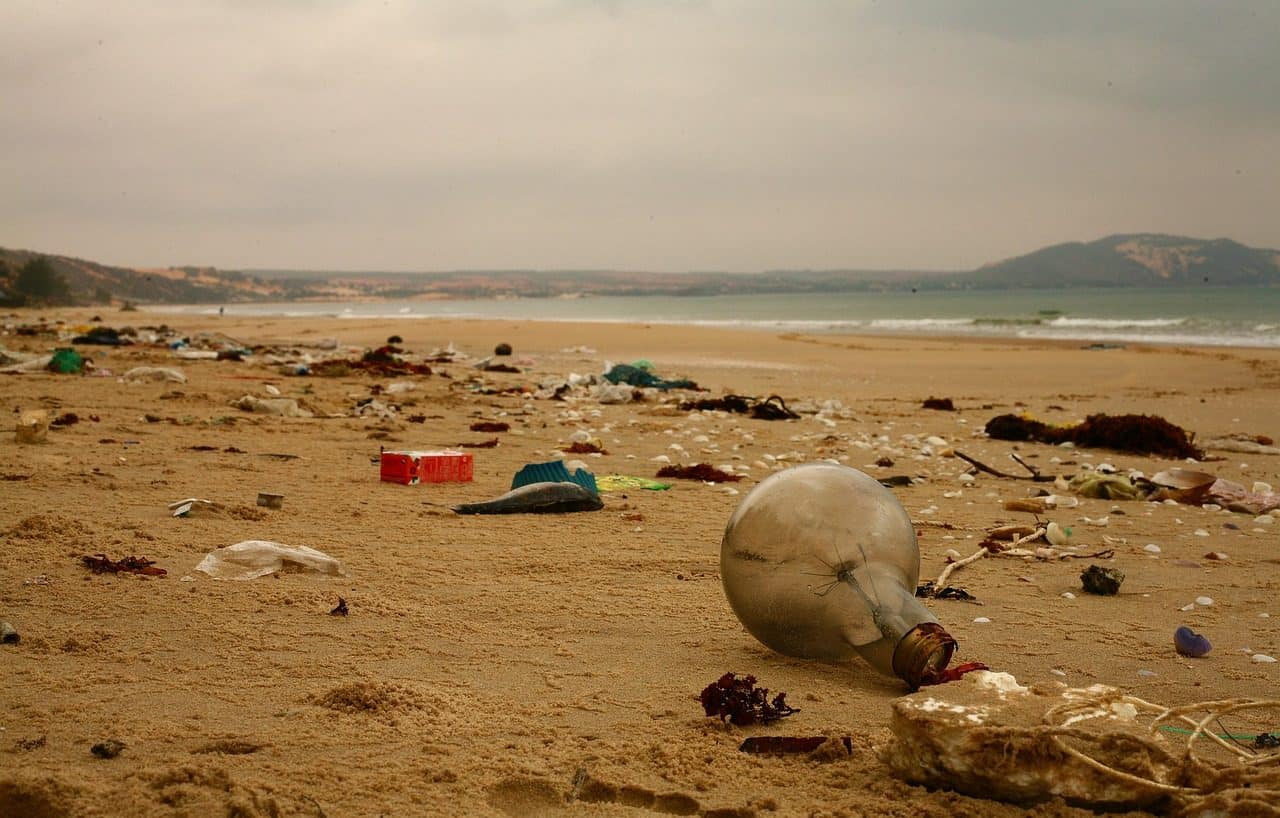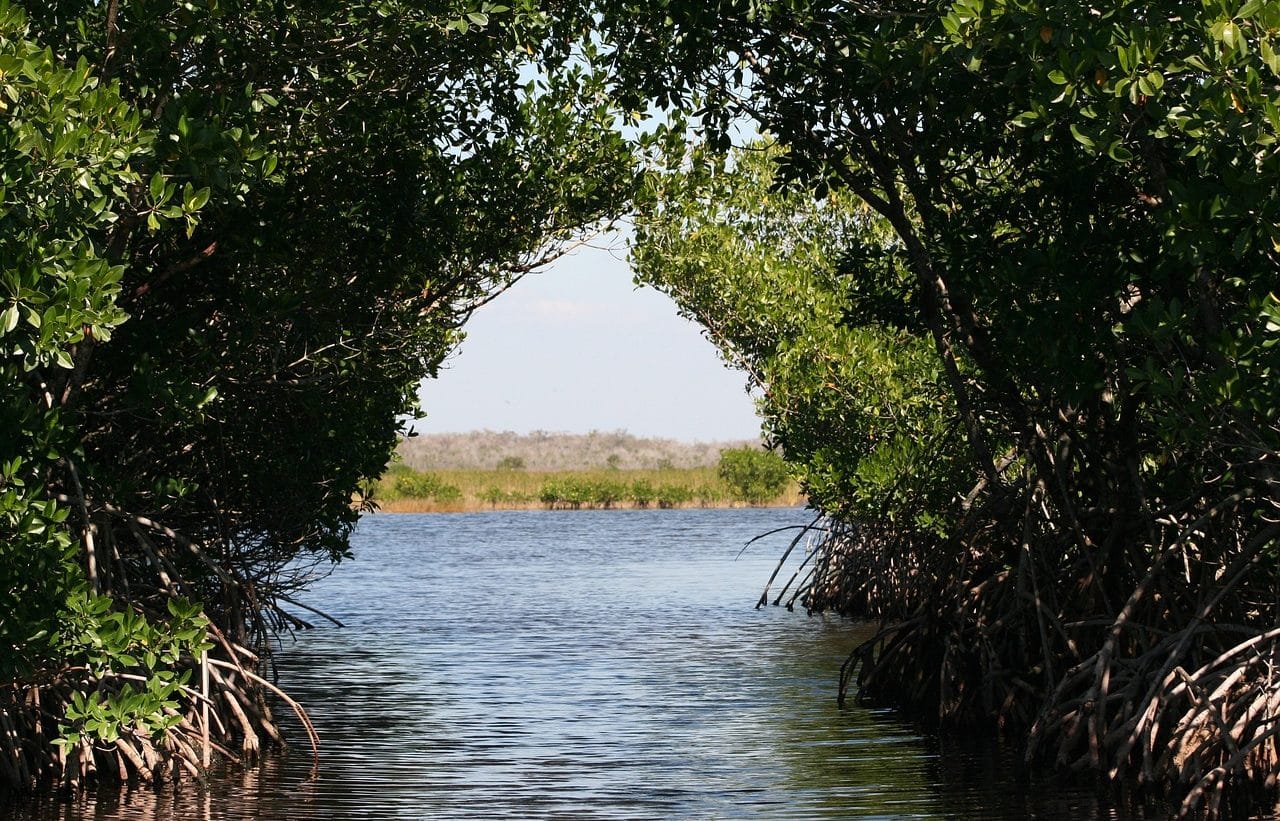
One of the measures of ecological restoration is the remediation of contaminated soils.
Ecological restoration is a planned and active process that seeks the recovery of degraded soils and the rehabilitation of damaged or destroyed habitats. This approach goes beyond simply conserving an area, as it involves deliberate interventions to restore the health and functionality of an ecosystem. Ecological restoration can be carried out in a variety of environments, such as forests, wetlands, coral reefs, and other natural habitats.
Regarding its importance, we can point out the conservation of biodiversity , which is achieved by reestablishing habitats that serve as homes for various species of plants, animals and microorganisms. Healthy ecosystems provide a wide range of ecosystem services, such as water conservation and purification, crop pollination , climate change mitigation , erosion control, and protection against natural disasters. Catering helps maintain or improve these services.
We must also mention the remediation of contaminated soils is another of the measures of regenerative agriculture. Restoration can contribute to improved soil and water quality by reducing erosion, increasing water infiltration, and filtering contaminants. Regarding its impact on the animal world, it is vital in the reintroduction of species, in the protection of threatened species and in the control of invasive species .
History and evolution
The history and evolution of ecological restoration have been marked by changes in the understanding of ecosystems , environmental education, and the need to address environmental degradation. In the late 19th century and early 20th century, figures such as Aldo Leopold and John Muir laid the foundation for conservation and sustainable management of natural resources. However, ecological restoration as a distinct discipline began to take shape in the second half of the 20th century, when environmental concerns intensified.
The environmental movement that emerged in the 1960s contributed to awareness of environmental degradation and biodiversity loss . Rachel Carson , with her book Silent Spring , warned about the harmful effects of pesticides, influencing public and scientific perception of human interaction with nature. Between 1980 and 1990, the term “ecological restoration” was coined to describe deliberate efforts to reverse environmental degradation.
The identification of key concepts such as ecological succession, habitat connectivity and the importance of endemic species management influenced the planning of restoration projects. As the 1990s and early 2000s progressed, various restoration methodologies were developed and refined to adapt to different types of ecosystems. Approaches such as planting native species, managing invasive species, and restoring key ecological processes became common practices.
Ecological restoration has been applied in a variety of ecosystems. Through forest conservation , for example, we seek to recover degraded forest areas through the planting of native trees and canopy management. Wetland restoration involves hydrological reconnection and reintroduction of aquatic plant species. Coral reef restoration combats bleaching and encourages coral regeneration . The restoration of urban ecosystems, finally, focuses on reintegrating nature into urbanized environments through parks and green corridors.

Endangered species are one of the priorities of ecological restoration.
Restoration of different environments
The following types of ecological restoration are specific to address particular challenges and characteristics of different environments, highlighting the diversity of approaches necessary for the conservation and recovery of diverse ecosystems:
- river restoration : process aimed at returning health and functionality to degraded river ecosystems, through measures such as riverbank revegetation, flow management and the removal of physical barriers;
- grassland restoration – planned interventions to recover degraded grasslands, which may include planting native species, grazing management and restoration of soil structure;
- mangrove restoration : actions aimed at restoring the health of mangrove ecosystems, involving the planting of mangrove trees, managing water quality, and protecting against harmful human activities;
- beach restoration : strategies to recover the natural dynamics of beaches, which may include dune restoration, planting coastal vegetation, and sediment management to counter erosion;
- post-fire restoration : measures to rehabilitate areas affected by forest fires, such as sowing seeds of native species, managing plant succession and preventing soil erosion;
- mountain restoration – actions aimed at reversing degradation in mountain environments, which may include revegetation, water management, and restoration of biological corridors ;
- grassland restoration : strategies to restore the health of degraded grassland ecosystems, through practices such as rotational grazing, planting native species, and pest management;
- arid zone restoration – interventions aimed at reversing desertification and improving the resilience of ecosystems in arid areas, which may include revegetation, water management and reducing soil degradation;
- restoration of marine ecosystems : process aimed at recovering the health and biodiversity of degraded marine habitats, which can range from the restoration of coral reefs to the creation of reproduction areas for marine species;
- restoration of volcanic areas : actions to rehabilitate ecosystems affected by volcanic activity, which may include revegetation, erosion management, and the reintroduction of adapted native species.

Mangrove trees must also be protected from our harmful actions.
